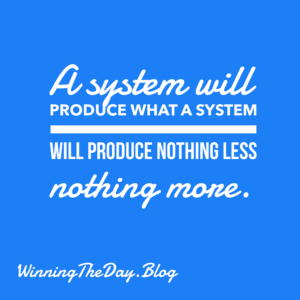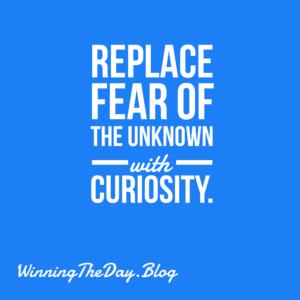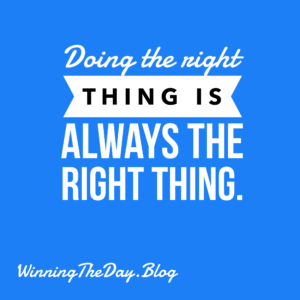Good news for Southern California first-time homebuyers eyeing a more “affordable” condo this spring: there are more properties to choose from. The bad news? Prices remain at record highs, interest rates are still elevated, and competition for well-priced, clean units is intense. But the real curveball? Fannie Mae’s dreaded “blacklist.”
Inventory Surge, Sales Mixed
Southern California condo listings have jumped a significant 61.8% compared to last year (March 2025 vs. March 2024), with inventory reaching 7,781 units (Steven Thomas, Reports on Housing). The county-by-county breakdown shows increases across the board: Orange, Los Angeles, Riverside, San Bernardino, and San Diego. However, February 2025 sales volume compared to 2024 presents a mixed picture across these counties.
Renting vs. Owning: Appreciation vs. High Costs
While renters benefit from standard deductions, they miss out on property appreciation. In Orange County, the median condo sales price saw a 10.2% jump in two years (February 2023: $633,000 vs. February 2025: $710,000) (CRMLS data). However, buying in means facing record high prices. The average Orange County condo price in February 2025 was $873,956, a significant increase from $745,882 a year prior. Coupled with interest rates in the mid- to high-6% range, affordability remains a challenge.
Navigating Fannie Mae’s “Blacklist”
A major hurdle is Fannie Mae’s “blacklist” of condo complexes that don’t meet their financial and operational stability standards, limiting financing options. According to Fannie Mae’s March data, California has 685 blacklisted condo complexes statewide, with significant numbers in Orange (70), Los Angeles (237), and San Diego (98) counties.
Crucially, have your loan originator check if your target condo is Fannie or Freddie approved BEFORE making an offer. If blacklisted, explore alternative financing or consider Planned Unit Developments (PUDs) as they aren’t subject to these restrictions.
For SoCal first-time buyers, navigating the condo market this spring requires careful research and proactive planning. Check out my Altos Research link for local trends.
(Sources: Analysis of data from Steven Thomas’ Reports on Housing and Fannie Mae, as reported by Jonathan Lansner in the OC Register; California Regional Multiple Listing Service (CRMLS) data)




